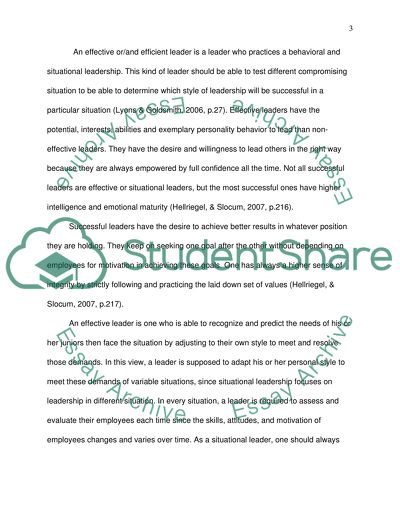Cite this document
(“Situational Leadership Research Paper Example | Topics and Well Written Essays - 1500 words”, n.d.)
Retrieved from https://studentshare.org/miscellaneous/1585703-situational-leadership
Retrieved from https://studentshare.org/miscellaneous/1585703-situational-leadership
(Situational Leadership Research Paper Example | Topics and Well Written Essays - 1500 Words)
https://studentshare.org/miscellaneous/1585703-situational-leadership.
https://studentshare.org/miscellaneous/1585703-situational-leadership.
“Situational Leadership Research Paper Example | Topics and Well Written Essays - 1500 Words”, n.d. https://studentshare.org/miscellaneous/1585703-situational-leadership.


